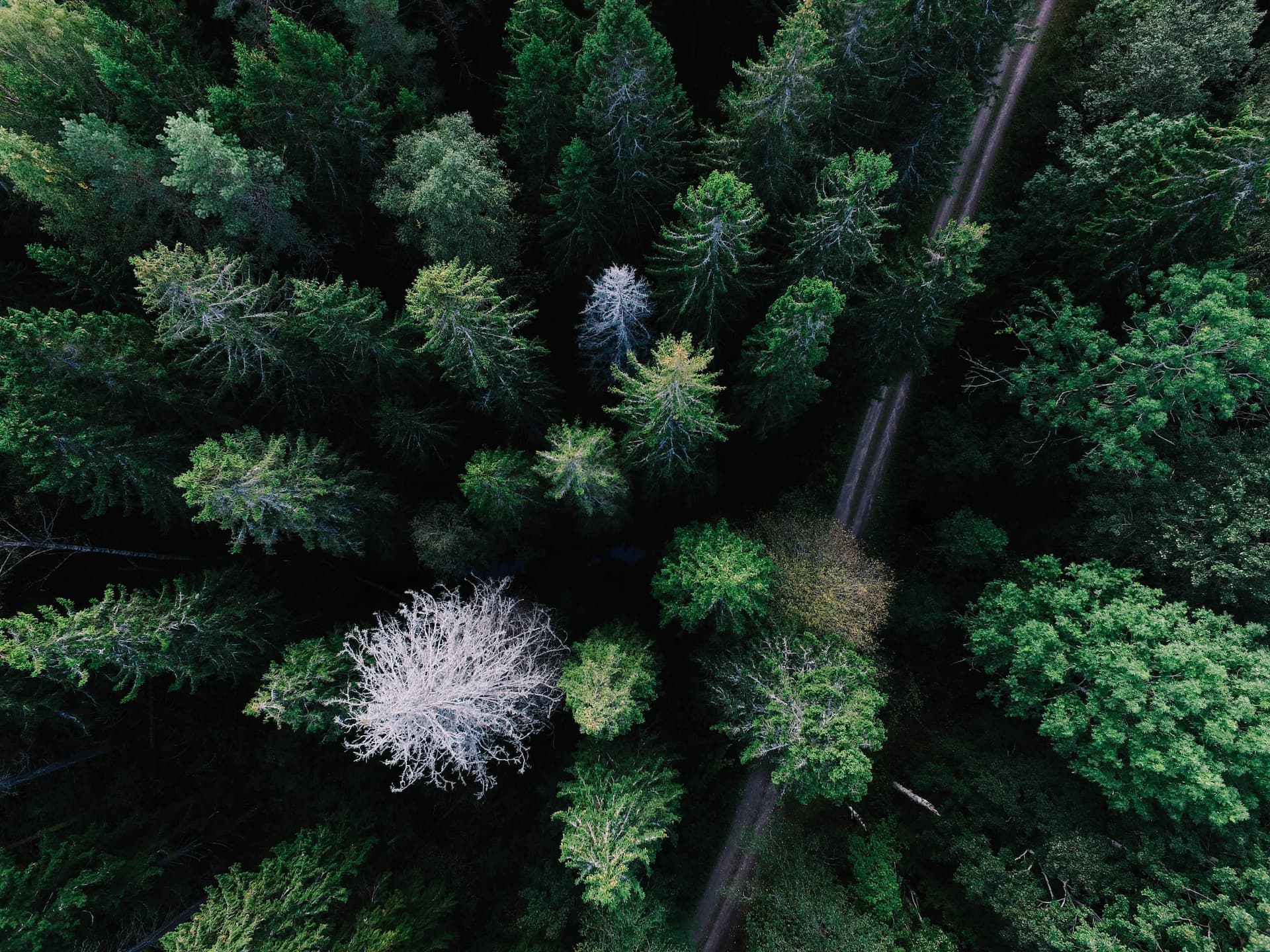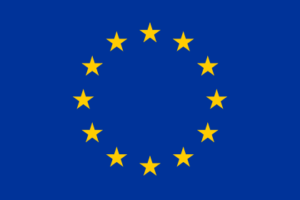Authors: Ingar Brattbakk, Alexandra Czeglédi, Flora Gatti, Aina Landsverk Hagen, Philipp Hummer, Melanie Saumer, David Borgström & Suzanne Wilson
Handbook of Youth Social Citizen Science (Borgström, D., Canto-Farachala, P., Hagen, A. L., Norvoll, R., Rådmark, L. & Lorenzen, S.B. (Eds.). (2024). Handbook of Youth Citizen Social Science. Working with Young People and the Local Community for Social Change. Zenodo. https://doi.org/10.5281/zenodo.10566411)
What it Takes – Purpose, Use and Dedication
When planning a project that incorporates an app, we have realised the importance of considering its necessity and purpose already at the proposal stage. Engaging young citizen scientists early in the co-creative app development process is also crucial, as mentioned above. This collaborative effort should include young citizen scientists, professional researchers, and designers/developers, yet we now know that it is also wise not to involve too many people. During the proposal stage, it is crucial to thoroughly plan for digital tools like Citizen Science Apps, considering scope, requirements, and legal considerations, especially when involving minors or the public. Before creating a new app, think about your project’s aims and needs.
Ethics, Privacy and Consent
If you decide to co-create a new app, we recommend working closely with a professional citizen science app design company, like we did in the YouCount project. In addition to developing new, tailor-made app features, they can provide advice on online privacy, security, and digital ethics, topics that we initially knew little about. We also learned how important it is to engage ethical committees and data protection authorities early, in order to streamline the approval process, avoid delays, and address data privacy and ethical challenges. And remember, if your project involves underage participants, a parental or guardian consent system needs to be in place. The more sensitive your research topic is, the more carefully you will need to consider data privacy and ethics, age limitations, and the level of personalised user profiles. We highly recommend involving experts to handle these aspects of your project.
Dedication is Key
For successful app development and usage, it is imperative that all professional researchers are dedicated to the app as a tool for data collection. This includes providing necessary training on the technological aspects and understanding of the app’s uses. The organisation of the project will depend on its size, but consider organising workshops for all participants and establishing an App Working Group with representatives from all partners. Setting up an App Manager Group for handling day-to-day issues can also be beneficial. Our YouCount consortium consists of ten national cases, and we soon realised that the app needed to be translated into all relevant languages to make it inclusive and user-friendly. However, any such changes result in new updates and new app versions, which must undergo review processes to meet App Store requirements. Hence, a first prototype of the app should be developed as quickly and as early as possible to stimulate discussion, spark creativity, and prevent delays. In conclusion, when designing an app for youth citizen social science, make it simple, easy to use, and flexible enough that users can adapt their use and participation according to their interests and needs. In the YouCount project, our app was most successfully used collectively in social settings like schools and leisure-centres, and organised around clear topics and tasks. Walk-alongs in the local neighbourhood proved especially useful, but we recommend trying out different ways of using the app, and, of course, involving the young citizen scientists when planning any app activity.
The Result: Rich and Valuable Data
Despite lower-than-expected youth engagement, the YouCount App provided valuable quantitative and qualitative data. App registrations offered rich insights, complementing other methods and data sources used in the project. The geocoded data shed light on various important aspects of young people’s lives, such as places and activities where they felt socially included and safe, and where they saw opportunities for participation, belonging, or performing citizenship. So, in summary, an app can effectively complement other methods in youth citizen social science by mapping where young people spend time and capturing their feelings and opportunities for belonging, inclusion, and safety. In the YouCount cases, this data served as a valuable starting point for discussions with young people and stakeholders during workshops, dialogue forums, and in living labs.
Key Takeaways
Be flexible and willing to adapt and iterate the dialogical processes.
- Ensure a dynamic and responsive approach to communication, based on feedback and emerging ideas and needs.
- Be aware of a potential tension, competition, and various emotions that can potentially emerge in the youth group due to the presence of highly-priced technological tools or unfamiliarity of their usage.
Do not assume digital proficiency.
- Such assumptions may lead to the exclusion of individuals who do not have access to technology.
- Provide support and training as needed to ensure equitable participation, considering factors such as internet connectivity and device availability.
- Do not overuse different digital tools and presentations in meetings. Introducing tools one by one might work better after a brief training session on how to use them.
Think about translation and adaptation.
- Supportive and complementary software turned out to be crucial for crossing language barriers. Translation and subtitle software enabled participants to better follow online dialogues.
- Sometimes the initial purpose of the technology was repurposed, and complemented with other digital or analogue tools and methods in a way that better served the youth’s interests and the research outputs.
- Some digital design tools played a great role in designing and editing visual materials to better show the youth’s perspective, e.g. in presentations, exhibitions or on social media.
- Social media presence and digitally made outputs reinforced the youth’s visibility in a way that fostered intergenerational dialogues and youthstakeholder dialogues.
FURTHER READING
Aristeidou, M. & Herodotou, C. (2020). Online Citizen Science: A Systematic Review of Effects on Learning and Scientific Literacy. Citizen Science: Theory and Practice, 5(1): 11
DOI: https://doi.org/10.5334/cstp.224
Canto Farachala, P., Norvoll, R., Brattbakk, I., & Budryte, P. (2023). Participatory communication and citizen social science: Lessons learned and new ethical and political challenges. Etica & Politica / Ethics & Politics, XXV, 2023, 2, pp. 129-151
Mazumdar, S., Ceccaroni, L., Piera, J., Hölker, F., Berre, A. J., Arlinghaus, R., & Bowser, A. (2018). Citizen science technologies and new opportunities for participation. In A. Bowser, S. Hecker, M. Haklay, Z. Makuch, J. Vogel, & A. Bonn (Eds.), Citizen Science: Innovation in Open Science, Society and Policy (pp. 303–320). UCL Press. http://www.jstor.org/stable/j.ctv550cf2.28
Ridley, J., Turda, M., Brattbakk, I., & Norvoll, R. (2023). D2.3 Meta Report of the YouCount Experiences with Case Study Implementation. Zenodo.
10.5281/zenodo.10417001
Sturm, U., Schade, S., Ceccaroni, L., Gold, M., Kyba, C., Claramunt, B., Haklay, M., Kasperowski, D, Albert, A., Piera, J., Brier, J., Kullenberg, C. & Luna, S. (2018). Defining principles for mobile apps and platforms development in citizen science. Research Ideas and Outcomes (RIO)
https://riojournal.com/article/21283/list/8/
User Type
- Citizen scientist/civil society organization
- Researcher/research institution
- Teacher/school
Resource type
- Digital tools
- Getting started
- Projects/project examples
- Step by step guides
Research Field



